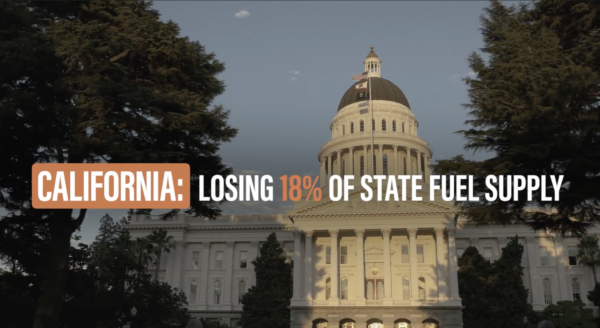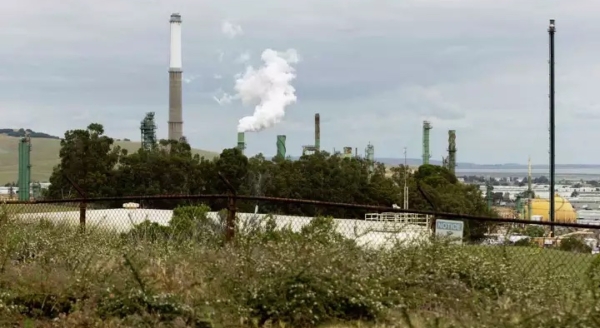California only met 23.4% of its oil needs through in-state production last year – a record low over more than 40 years of record keeping, according to new Energy Commission data.
With declining production at home, the state deepened its dependence on foreign oil. For the first time, more than 60% of California’s oil supply came from overseas as the Golden State purchased more than 875,000 barrels per day from foreign producers. The remainder – 15.9% – was imported from Alaska.
As we’ve pointed out before, California’s foreign oil dependence is no accident. Rather, it is a policy choice.
Right now, more than 1,400 applications to boost in-state production are currently being ignored by the Newsom administration. The state issued just 24 drilling permits in 2023 – a 99% decline from the 2,000 permits issued in 2020.
Overall, in-state production has already fallen by a third under Governor Newsom, and is set to decline further given the hostile policy environment.
All the while, state forecasts keep pointing out the obvious: California will still need traditional fuels – and lots of them – for decades to come. The new Energy Commission data shows demand for oil in California has continued to rise since the pandemic.
Indeed, Newsom’s policies shutting down in-state production have done nothing to reduce the need for oil in the world’s fifth largest economy. They have, however, surrendered market share, money, and influence to overseas adversaries and autocrats.
At an average cost of $83 per barrel, California spent $26.6 billion for foreign oil last year.
Economists saw this day coming.
In November 2019, as Newsom began pushing aggressive shutdown policies, Stanford professor Charles D. Kolstad warned: “If California consumers continue to demand the same amount of gasoline, it will just come from elsewhere.”
Mark Evans, professor of economics at Cal State Bakersfield, agreed, equating Newsom’s plans to cut in-state production as “buying oil from Saudi Arabia instead of [from California].”
As the Energy Commission data shows, evidently that’s the governor’s preference.


